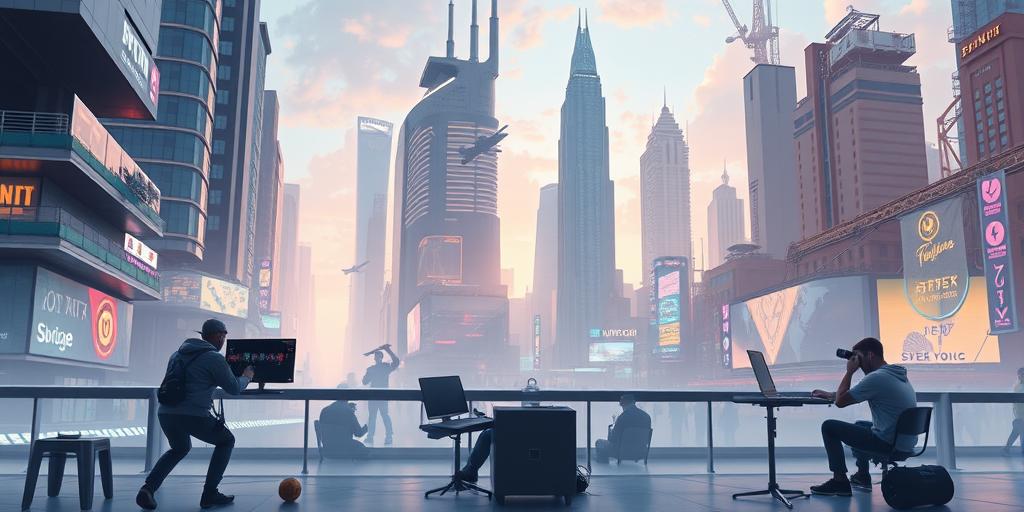The Creator Economy in Web3: Opportunities for 2025
The creator economy is rapidly evolving, and the integration of Web3 technologies is poised to unlock unprecedented opportunities for creators by 2025. This article explores these potential advancements, offering insights into how blockchain, NFTs, and decentralized platforms will reshape content creation and monetization.
Understanding the Creator Economy
The creator economy encompasses individuals who monetize their skills, knowledge, or passions through online platforms. These creators produce content ranging from blog posts and videos to digital art and music, engaging with audiences directly and building communities around their work. The current landscape is dominated by centralized platforms, which often take a significant cut of creators’ earnings and exert control over content distribution.
Web3 and Its Impact on Creators
Web3, the next iteration of the internet, promises to address many of the limitations of the current creator economy. By leveraging blockchain technology, Web3 offers:
- Decentralization: Creators gain greater control over their content and audience relationships, reducing reliance on centralized platforms.
- Direct Monetization: Through NFTs and cryptocurrencies, creators can monetize their work directly, cutting out intermediaries and retaining a larger share of their revenue.
- Community Ownership: Web3 enables the creation of decentralized autonomous organizations (DAOs), allowing communities to participate in the governance and direction of creator projects.
Key Opportunities for Creators in 2025
By 2025, several key opportunities will emerge for creators in the Web3 space:
- NFT-Based Content Monetization: NFTs provide a unique way for creators to sell digital assets, such as art, music, and videos, directly to fans. This model allows for fractional ownership, royalties on secondary sales, and exclusive access to content for NFT holders.
- Decentralized Social Platforms: Platforms like Mirror and Lens Protocol are building decentralized social networks that prioritize creator ownership and community governance. These platforms offer alternatives to traditional social media, where creators have more control over their data and content.
- Tokenized Communities: Creators can launch their own tokens to incentivize community engagement, reward loyal fans, and provide access to exclusive content or experiences. These tokens can be used to govern community decisions, fund new projects, and share revenue with token holders.
- Metaverse Integration: The metaverse offers new avenues for creators to showcase their work and engage with audiences in immersive virtual environments. Creators can host virtual concerts, art exhibitions, and interactive experiences, monetizing these events through ticket sales, sponsorships, and virtual merchandise.
Challenges and Considerations
While the opportunities are significant, creators must also navigate several challenges:
- Technical Barriers: Web3 technologies can be complex, requiring creators to learn new tools and concepts.
- Regulatory Uncertainty: The regulatory landscape for cryptocurrencies and NFTs is still evolving, posing potential risks for creators.
- Scalability Issues: Blockchain networks can face scalability challenges, leading to high transaction fees and slow processing times.
Conclusion
The integration of Web3 technologies is set to revolutionize the creator economy by 2025. By embracing decentralization, direct monetization, and community ownership, creators can unlock new opportunities to connect with audiences, monetize their work, and build sustainable businesses. As the Web3 ecosystem matures, creators who adapt and innovate will be well-positioned to thrive in this evolving landscape.
